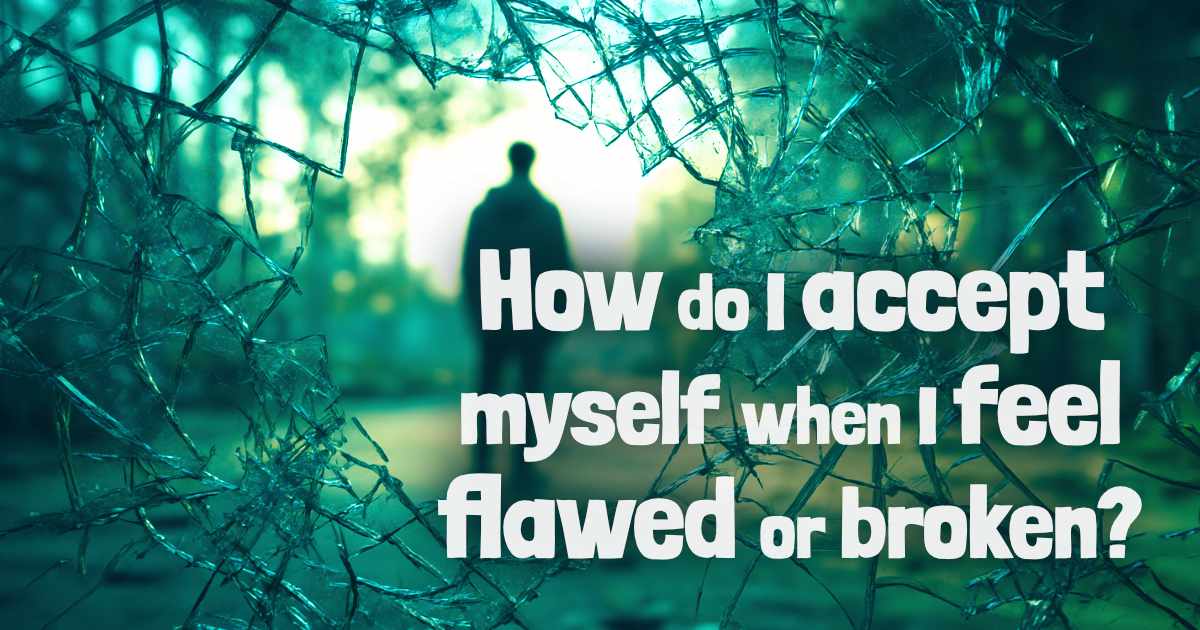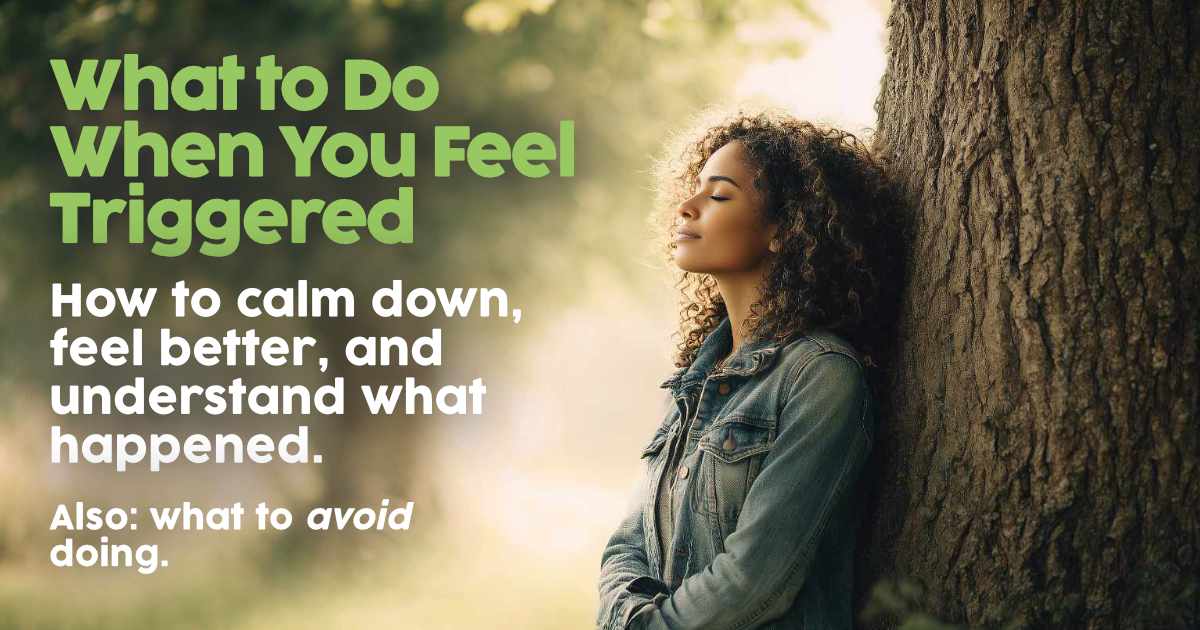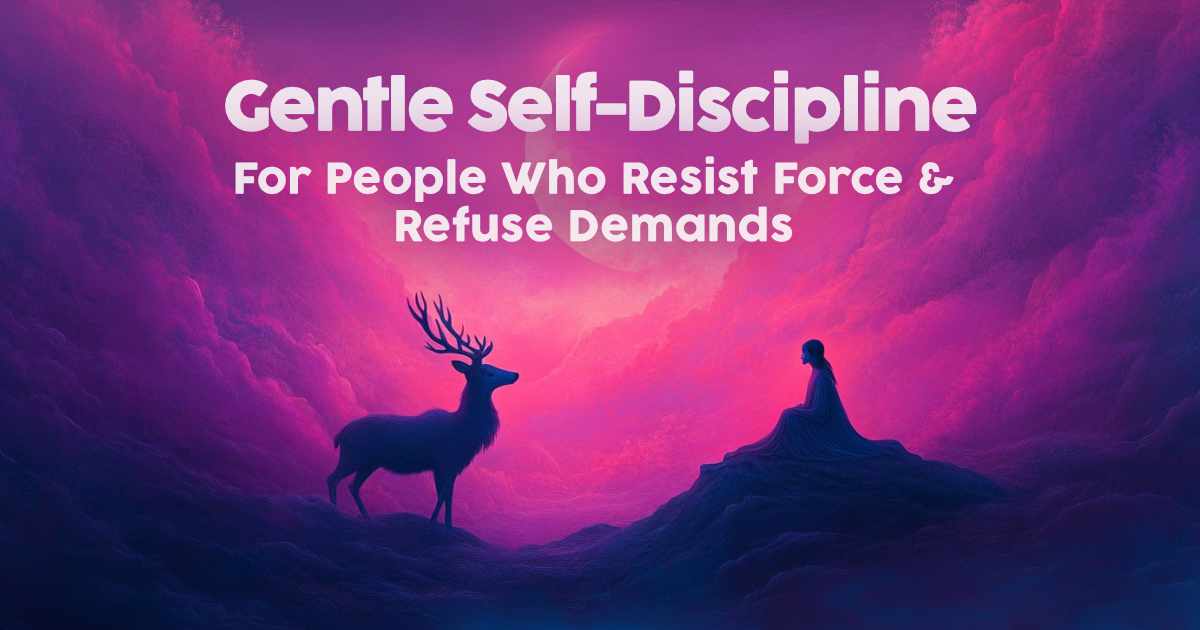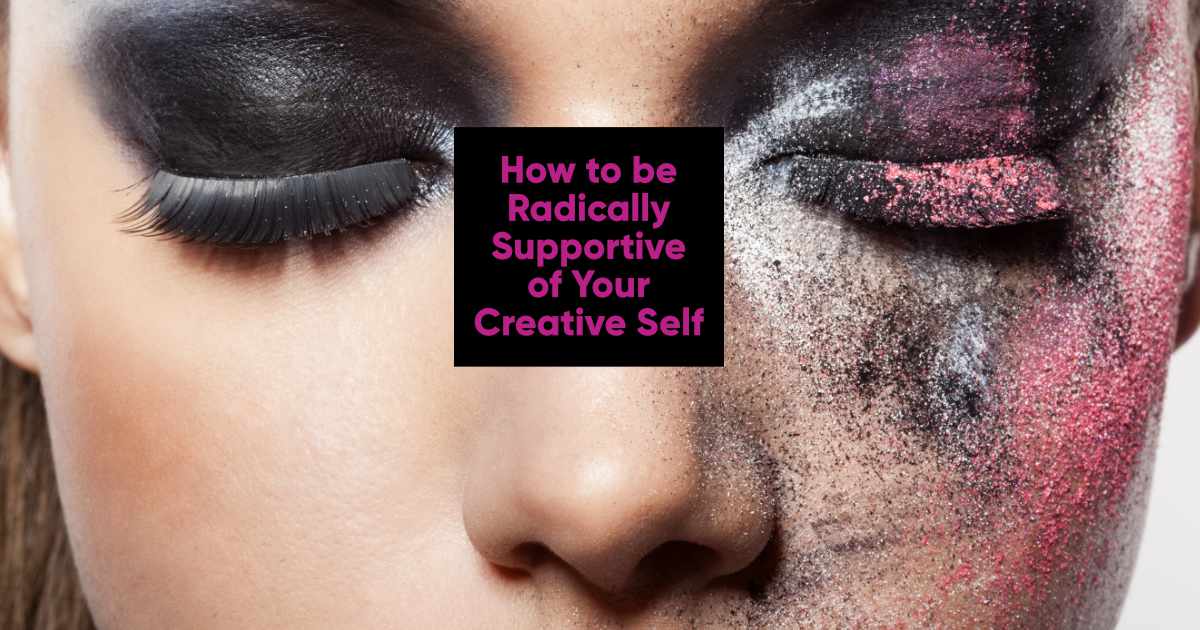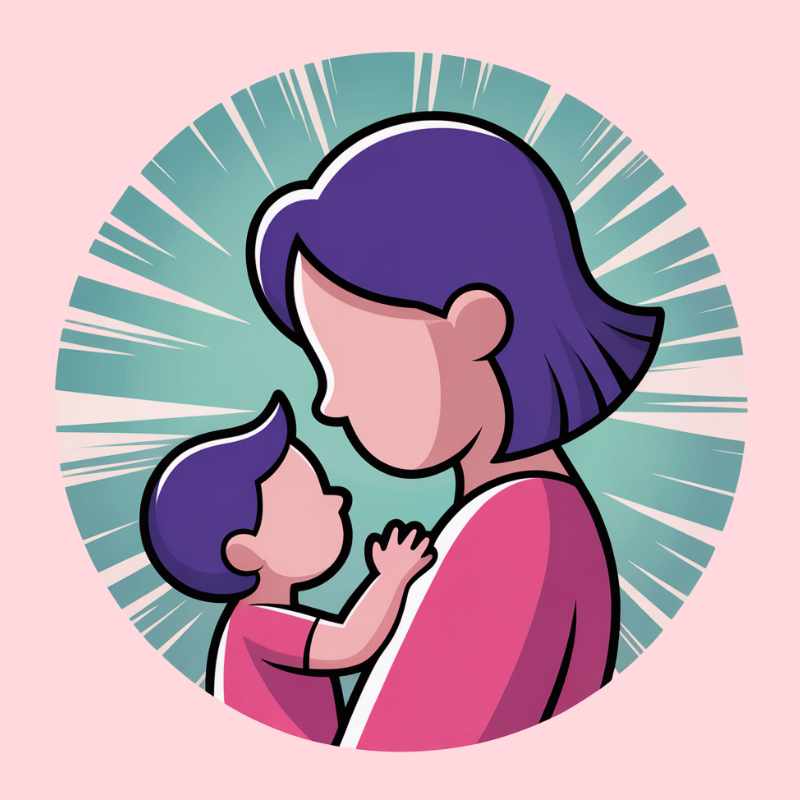
Adult Attachment Style
Your basic template for relating, and the unseen force behind painful and overwhelming relationships.
Your attachment style determines how you relate to other people on the most basic level, especially in intimate relationships. They are formed by age 2. You can think of them as your mind’s subconscious template for what to expect in a relationship, and what you habitually do to try to meet your needs in a relationship.
There are four styles, but they fall into two categories: secure, and all the rest are forms of insecure. There is a lot of information about attachment on the web, but not all of it is accurate or helpful. It tends to heavily favor the Anxious style and can almost demonize Avoidant types or portray them as unfixable. Avoidant is a traumatic response, just like Anxious, and it’s not any less deserving of compassion.
The most important thing to know is that you can become “earned secure” if you work hard at it with the right tools (see below).
My favorite two overview videos explaining attachment styles are from Heidi Priebe:
I will recap some of the main points from these videos below.
Please note that people often mis-label themselves. Most people are secure, so if you don’t have significant relationship problems (and you actually have relationships), you are probably secure. The Personal Development School is my best resource for attachment and they have a quiz that can help you identify your attachment style.
The Four Adult Attachment Styles
Secure (60% of the population)
Securely attached people believe the world is a safe place, that they are capable of loving and being loved, and if they need help they can rely on others and they will be there for them. It doesn’t mean nothing will ever go wrong in relationships, but it means they will recover in due time and be OK. They can both self-soothe and co-regulate.
Secure folks have the relationship worldview of, “I’m OK – You’re OK”. They are OK being single and OK being partnered. Their behavior in relationships includes stating their needs, having healthy boundaries, and looking for win-win solutions. They don’t lose their sense of self in relationships, and can understand the difference between a personal problem and a relational problem.
Secure people usually end up dating and marrying other secure people.
Secure people can sometimes mis-type themselves as insecure, because they are able to look at themselves and their parents objectively and spot flaws. But they are only able to do that because they are secure and feel safe to do so. They also feel appropriate avoidance or anxiety in situations where they are being mistreated or overwhelmed. That’s a healthy kind of avoidance, not the avoidance of an insecure person.
Anxious-Preoccupied (20% of the population)
Anxious attachment arises from a situation where the parent was able to care for their infant in a way that soothed them, but they were not consistently available to do that. They might have been distracted through grief, illness, mental illness, or some other reason why they weren’t able to attend to the child every time the baby cried. The child learned to just try harder, because when it was good, it was good.
Anxiously attached people are eager to get into relationships and have a hard time being single. They have a hard time self-soothing, but their nervous system will feel calm when they are receiving positive attention from their attachment figure. They rely on the other person to regulate their own nervous system (co-regulation), which makes them feel insecure about losing the relationship. They will often want to move very quickly in relationships and try to push for a commitment so they can feel secure.
Anxiously attached people have a subconscious belief that nobody will meet their needs unless they work very hard to get noticed, so they tend to over-assert their needs, using a variety of strategies and “protest behaviors”. Their primary strategy is usually some kind of people-pleasing behavior – being nice and hoping it is reciprocated. If that doesn’t work, they might move to starting a fight, just to maintain the attention being focused on them (negative attention is better than no attention). They might make threats to leave (they don’t want to leave, they just want the other person to notice them). Imagine a 2 year old throwing a temper tantrum, and you have a pretty good picture. This isn’t perceived as a manipulative strategy to the Anxious person, it feels like survival, just like the infant.
Anxious people have a negative view of self and a positive view of others (I’m not OK – You’re OK). They tend to feel like they can’t take care of themselves and need someone else to take care of them. They are subconsciously looking for someone who seems to have their life figured out, that can act like a “good parent” to them. They therefore end up attracted to people who seem independent and self-sufficient, who they can end up idolizing. They often end up with Dismissive-Avoidant people and fall into a “Chaser-Distancer” pattern that can be very painful.
Fearful-avoidant people can mistake themselves for Anxious (and sometimes vice versa), because they can have some of the same protest behaviors, but FAs tend to be attracted to people who are not OK–broken, in need of rescuing–not people who seem OK and self-sufficient. FAs tend to be very self-sufficient, and they have a hard time relying on others, because they don’t trust anyone. Anxious people can state their needs and co-regulate, whereas FAs can have a hard time stating their needs directly or expecting they will be met, and while they can co-regulate to some extent, love never fully sinks in because there is always a part of them scanning for danger or keeping them from relying too much on the other person.
Dismissive-Avoidant (20% of the population)
Dismissive-Avoidant attachment arises from a situation where the parent themselves were not internally well-regulated, so they were not able to soothe the infant. The baby learns they are actually better off if they take care of their own needs, so they learn how to self-soothe, and become self-sufficient at a young age. Therefore the subconscious patterning is the opposite of the Anxious, it is, “I’m OK – you’re not OK”. The parent may have been emotionally immature, or have a mental illness, and may have been invasive or used the baby to soothe themselves (like an emotional support animal). The baby learns that having very strong boundaries is the only way to keep themselves safe.
DAs learn to handle their overwhelming emotional environment through denial and repressing their emotions. (This is different than suppression. Repression is unconscious and the person is not even aware they have that feeling or need). They have a variety of self-soothing behaviors, which can look like escapism (like video games) or can sometimes turn into addiction. The common denominator is that their self-soothing doesn’t require co-regulating with another person.
DA’s subconscious worldview and expectation in relationships is that they are going to be smothered in relationships, that their boundaries won’t be respected, and they don’t have an expectation that their needs will be seen and understood and considered. They therefore avoid intimacy and want to move very slowly in relationships, to make sure that the demands of the relationship don’t overwhelm their ability to self-soothe.
They may not even realize they are avoiding intimacy because they don’t know what it is supposed to feel like, so they may interpret attempts to establish intimacy as invasive, because as a child, they were. They didn’t have the option to let their caregiver help soothe them, and had to block out the caregiver instead. So they don’t have a pattern in their nervous system for asking for help or receiving help from others, or for existing in an interdependent way. Instead, they have a pattern that other people are going to be over-dependent on them and they will have to take care of them and use up their own precious resources, which is all they have to rely on.
DA’s are most likely to mis-type themselves as Secure, because they don’t consider themselves to have any problems. They can look back at their childhood and be in denial or just have repressed memories of problems. They see themselves as capable, and resourceful, and can see others as needy or flawed. They may want to avoid the intimacy involved in therapy, or just not think they need it.
DA’s end up with Anxious people because their neediness feels familiar. Then as the relationship progresses, they end up always wanting to pull away from the neediness of the Anxious person, which triggers the Anxious person more. It can create a never-ending push-pull dynamic that is very painful for both of them (although the Avoidant doesn’t necessarily feel the pain consciously because they repress it).
Fearful-Avoidant (2% of the population)
Fearful-Avoidant people are essentially a combination of the negative traits of the two other insecure types. This means they are not able to self-soothe very well, and they are also not able to co-regulate very well. Their relational worldview is, “I’m not OK – You’re not OK”. They have a lot of relational triggers and are emotionally volatile.
Like Anxious types, FA’s feel they are unworthy of love, and that they will have to over-assert their needs if they are in a relationship, but like DA’s, they also view others as not trustworthy and are afraid that they won’t respect their boundaries. They have no safe space in which to stand–no strategy that really works.
FA develops in a baby who can’t figure out a strategy that will consistently meet their needs. Sometimes the caregiver would be warm and comforting, other times the caregiver would be scary or dangerous. FAs don’t have an organized strategy–they use protest behaviors like the Anxious person, and can push people away and internally devalue them, like the Avoidant person.
Anxious people feel OK when they are in relationships and getting attention. Avoidant people feel OK when they are alone and can take care of themselves. FA people basically never feel OK. Their bodies just cycle through different strategies so they are volatile and confusing for other people, and often confusing to themselves. They don’t know which direction to move in–towards or away–because neither is really safe.
They have a hard time relying on others or asking for help and tend to take care of others. They anticipate chaos, and when things are calm, they get anxious waiting for the next landmine to go off. They often end up in very enmeshed and codependent relationships, and can be very self-sacrificing with no boundaries, but at the same time they will often fantasize or plan an “exit strategy” in their minds to make them feel safe that they could leave at any time. They minds are always looking for a reason to leave the relationship–scanning for danger, essentially. They generally only feel safe in a relationship that has some inherent instability to it and feels like it is not going to last.
FAs are confused about their own behavior, needs, and desires, and can be self-critical and wonder why they can’t ever make relationships work. They feel internally disoriented and confused and they act disorganized and chaotic toward others. This can lead to a chronic sense of being “broken” and having no idea why they behave the way they do.
FAs can mistype themselves as one of the other insecure styles, depending on which strategies they rely on most heavily or are most consciously aware of. It can also depend on who they are with and which strategies the other person employs–with a Dismissive-Avoidant person, the FA could look more Anxious and with an Anxious person they could look more Avoidant.
The good news is that FA can be healed. Some places on the internet (and some books about attachment) make it sounds like FA people are lost souls who will never be able to get over their trauma. This is not true. Thais Gibson who created the Personal Development School was FA. She has a lot of free YouTube videos about FA that I highly recommend you watch if you think you are FA. I am FA, and I have written a longer post about that, so I feel strongly about it!
How to Heal Insecure Attachment
I am still in the process of healing my attachment style, but this is what has helped me so far.
Learn everything you can about your attachment style.
I can’t recommend Thais Gibson’s videos highly enough. I am going through her Personal Development School school right now, but you can get quite a lot from her YouTube videos. (Pro-tip: I watch everything on YouTube at 1.5 speed, and you can press the right arrow key to skip ahead a few seconds to get through the parts where she does the promo for the school.)
Identify your subconscious programs.
Attachment style is a set of subconscious programs that you are acting out of. Thais explains this process in-depth in PDS, but basically, whatever our early childhood experiences were, we used to create a set of beliefs and expectations about reality, that then become completely unconscious. We see the world through this distorted lens, and it just feels like reality.
It also sets up a comfort zone of what feels familiar. Our brain’s logic is not very sophisticated on this–basically, if we survived an experience, then that is at least something that didn’t kill us, so it’s preferable to something that feels unfamiliar, and just might kill us. So our survival brain does not care one bit if you are unhappy or unfulfilled or even endangering yourself–as long as you are still alive. You can see how this logic would work if you were a prey animal, but it sets us up to just keep recreating painful experiences and not even realize there are other options.
You can start working on this by writing down your beliefs about yourself and others in relationships. Then look at the list and then really let it sink in that these are not real. They are your expectations that you bring into relationships. They are not reality. They are your ideas about reality that you then project onto reality. Start to notice how these show up in your everyday life.
Feel your underlying feelings and process trauma.
Trauma gets lodged in your nervous system, and you need to process it. You can read more about how trauma works in the book The Body Keeps the Score or anything by Peter Levine. The basic concept is that whatever experience you had that was overwhelming, the feelings you weren’t able to feel then got stored and that emotion still needs to be processed.
You can’t process just with talk therapy, because it has a physical, nervous-system component underlying it. The traditional advice is to look for therapies that are specifically for trauma, like EMDR or Somatic Experiencing. You can also do this on your own by deeply feeling into the sensations and feelings that are locked inside your belief patterns, and letting yourself cry or shake or whatever your body needs to do.
I am not knocking therapy, but in my life, I have actually found that it doesn’t take a complicated process or therapy to work through trauma. What it takes is a willingness to sit through and let yourself experience emotions that feel like they are going to kill you.
We have an instinctive aversion to pain, so it takes a lot of determination to go straight toward it. I had to truly internalize that, as much as feeling it will feel like I’m dying, I won’t actually die, and the more I can experience the feelings fully, the more the trauma will dissolve and no longer be affecting me.
Update: I fleshed all this out more in this post: How to Process Trauma On Your Own (Without Therapy).
I also really recommend IFS aka parts work, which you can start with just journalling and talking to the various parts of yourself you sense are there and empathizing with them. I would also Google “unblending” and learn that concept as it’s the most crucial and helpful parts of IFS.
Re-program your subconscious with healthy expectations about reality.
This is basically finding models of secure behavior and studying them. Thais Gibson has some YT videos about how secure people behave in relationships which are helpful to learn what normal and healthy behavior looks like. I also found it helpful to watch YT couples who livestream together and interact with each other in a healthy way to just observe how they interact. Look around you for examples of people who have relationships that work, whether it’s romantic partners or families, and think about how they interact. You can also Google, “how secure people handle X” and find information that way.
Learn about healthy boundaries and practice them. Study codependence and enmeshment if you struggle with those. But it’s not enough to learn what is unhealthy, you then also need to learn and practicing what is healthy. And you can do that by finding and listening or just observing healthy people. The more you are around healthy people, the more you will pick this up by osmosis.
I hope this helps someone! ? Attachment style is completely heal-able, and it is completely worth it to do the work!
Self-love is a set of skills you can learn
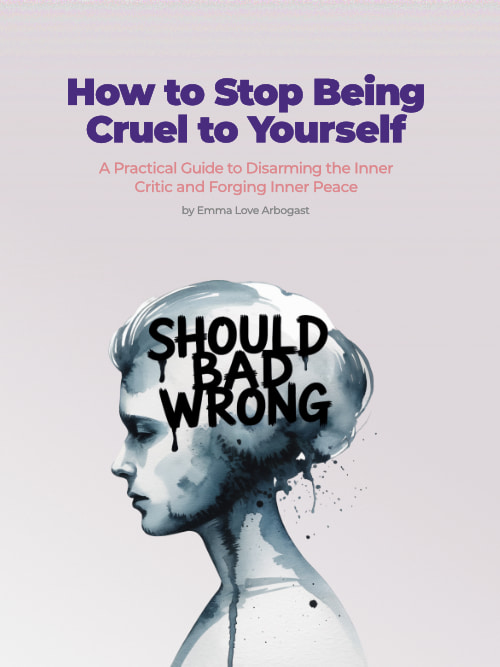
Stop Being Cruel to Yourself
$2.99
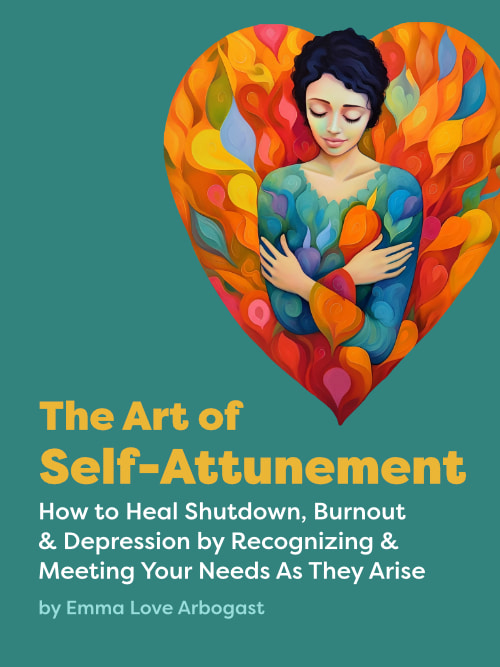
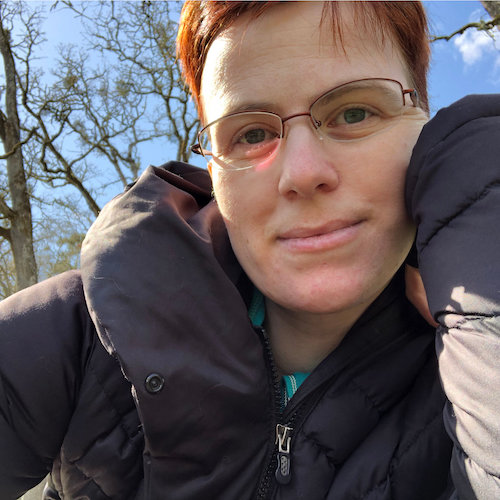
Hey there! If you're new here, welcome to the Emmaverse! 🌈✨
About me: I'm autistic/ADHD and I write about how to be free and happy from the inside out.
Keep in touch?
Self-Liberation Society

